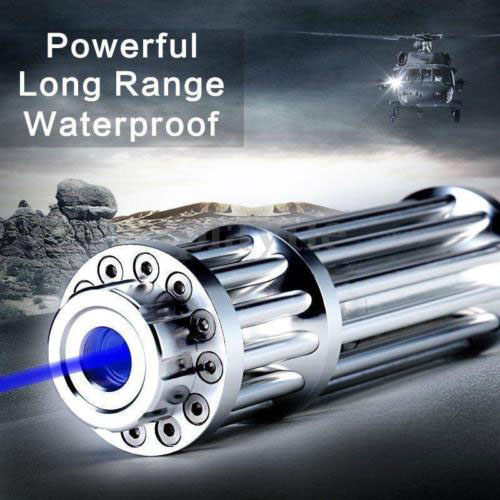Traditional cleaning industrial equipment has a variety of cleaning methods, mostly using chemical agents and mechanical methods for cleaning. Nowadays, the requirements of environmental protection regulations are becoming more and more strict, and people’s awareness of environmental protection and safety is increasing. The types of chemicals that can be used in industrial production cleaning will become fewer and fewer. How to find a cleaner and non-invasive cleaning method is a problem we have to consider. The laser pointer cleaning has the characteristics of no grinding, non-contact, low heat effect and suitable for objects of various materials, and is considered to be the most reliable and effective solution.
Among the contaminants on the surface of the workpiece, the attachment between the attachments on the surface of the workpiece and the surface is mainly due to the presence of the following forces: covalent bonds, double dipoles, capillary action, hydrogen bonding, adsorption forces, and electrostatic forces. Among them, capillary force, adsorption force and electrostatic force are the most difficult to destroy, and laser cleaning technology is to overcome these kinds of forces.
These adsorption forces are much larger than gravity (several orders of magnitude), and are related to the particle diameter d. The adsorption force shows a slow linear decay trend as the particle radius decreases, and the particle mass m is proportional to the cube of the diameter According to Newton’s law, F = ma, when the particle size becomes smaller, the acceleration provided by the adsorption force increases rapidly. Therefore, the smaller the size of the particles, the greater the acceleration required for removal. This is why it is difficult for conventional cleaning techniques to remove attachments on surfaces with small diameters.
Due to the complex composition and structure of the attachments on the surface of the object, the mechanism of laser interaction with them is also different. The most commonly used theoretical models for explaining this are the following:
1. Phosgenation / photolysis. The laser light generated by the laser can be highly concentrated by the focusing of the optical system. The focused laser beam can generate high temperatures of several thousand degrees or even tens of thousands of degrees near the focal point, so that the attachments on the surface of the object can be vaporized or decomposed instantly.
2. Light stripping. The attachment on the surface of the object is thermally expanded by the action of the laser. When the expansion force of the attachment on the surface is greater than the adsorption force between it and the substrate, the attachment on the surface of the object will detach from the surface of the object.
3. Light vibration, using pulsed red laser pointer of higher frequency and power to impact the surface of the object, generating ultrasonic waves on the surface of the object, the ultrasonic waves return after hitting the lower hard surface, and interfere with the incident sound waves, thereby generating high-energy resonance waves, so When the dirt is slightly cracked, crushed, or detached from the surface of the substrate, this cleaning method can be used when the absorption coefficient of the laser beam is not much different between the object and the surface attachment, or the surface attachment will produce toxic substances after heating.
